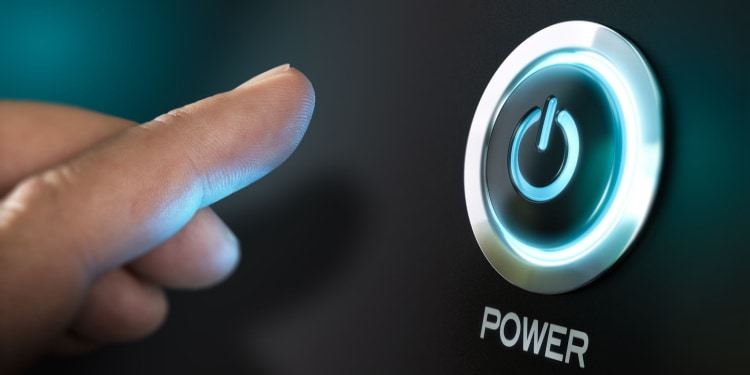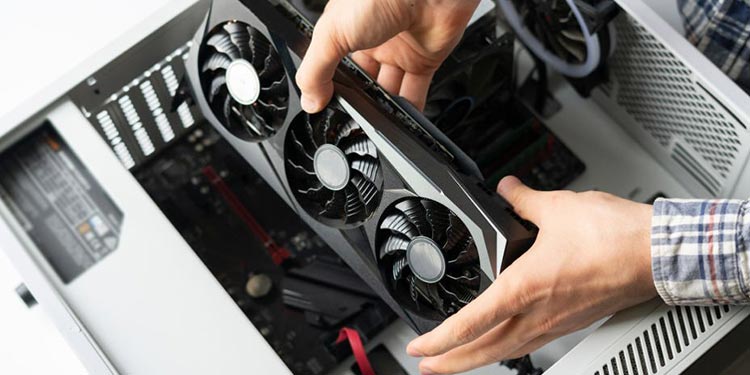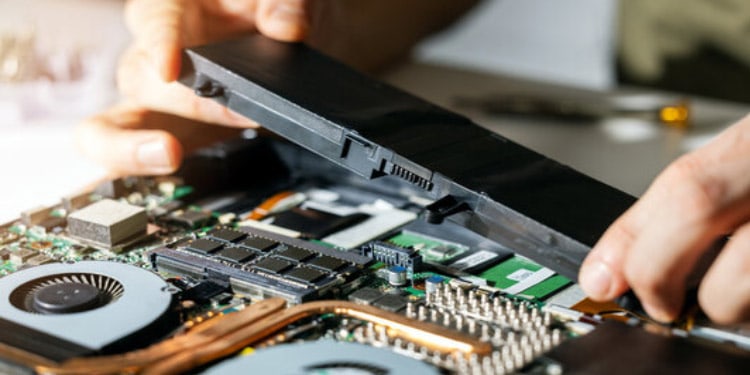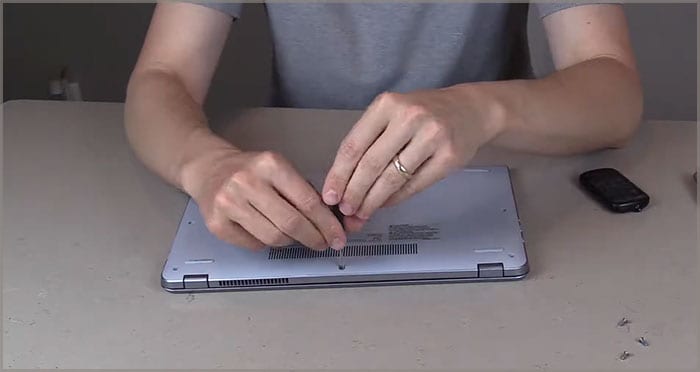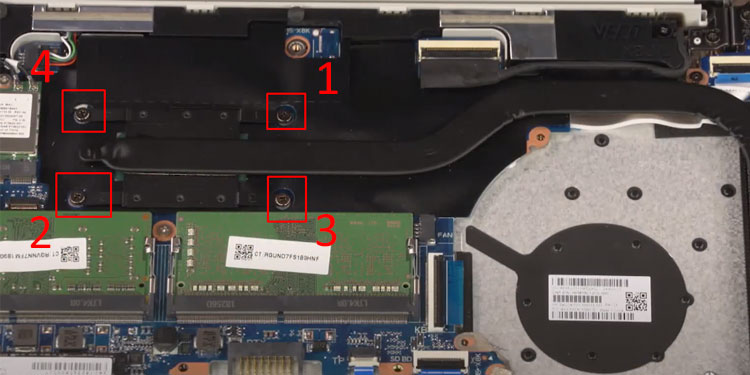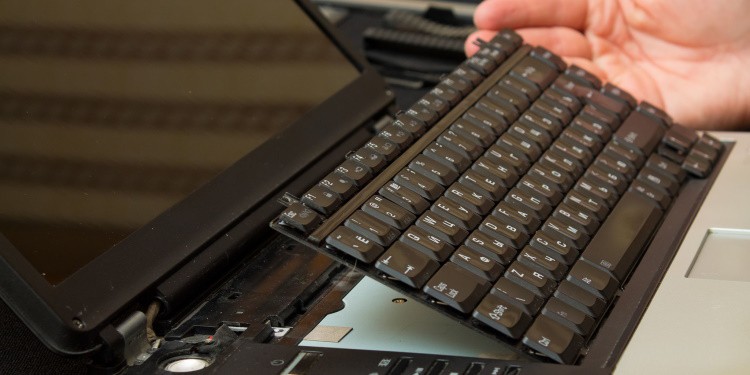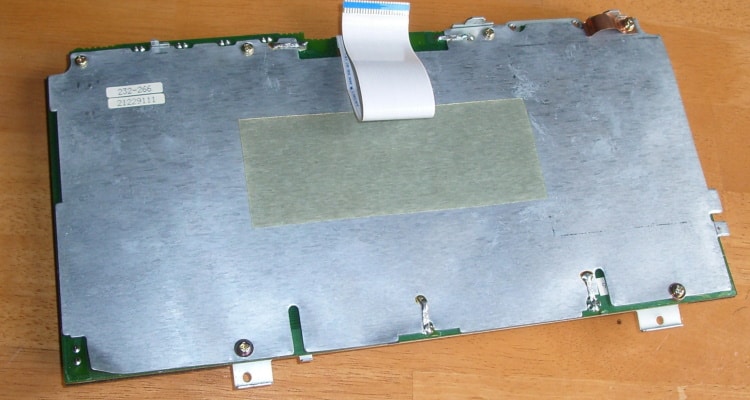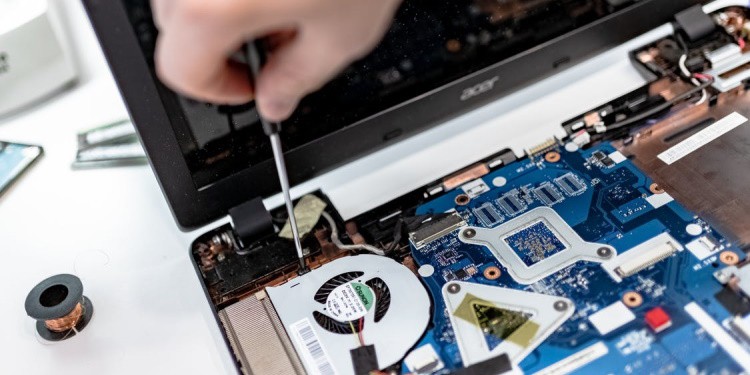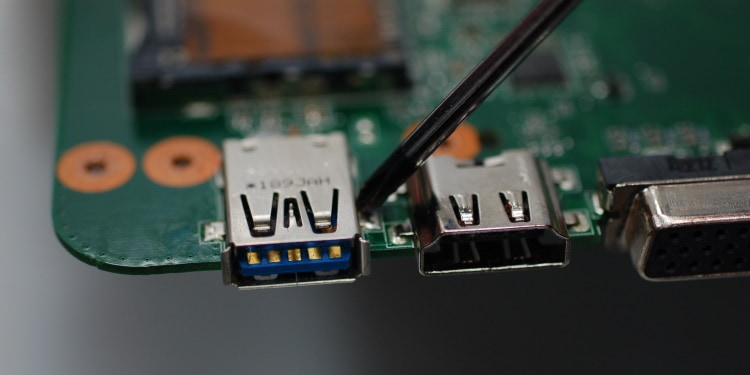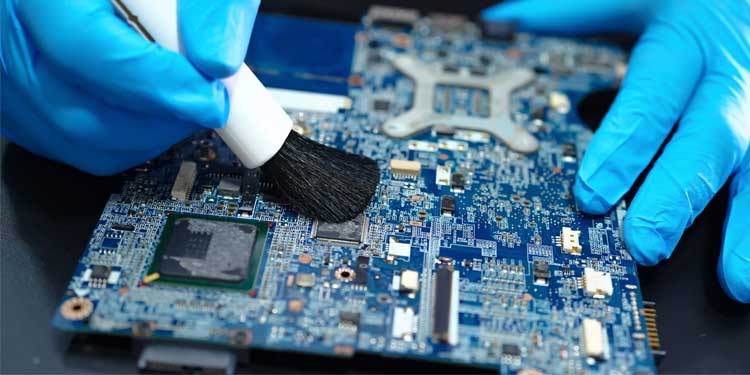After a long and sustained use, this can invite problems to your USB port due to wear and tear. Sometimes, your USB port itself might be broken. Losing the use of even a single USB port can be problematic, especially considering that many modern thin and light laptops come with very few USB ports. If you are in a similar situation, then we hope to help you with this guide on how to fix your dead or broken USB port.
The Causes for Your Dead or Broken USB Port
Let us consider the reasons why a USB port might stop working, so that we have an idea on how to proceed with the diagnosis, identify the reason, then apply the corresponding fix.
USB Port Not Working Due to Driver, Windows or Power Management Issues
The reason why your USB port is not working might be traced back to driver issues, Windows needing update, or power management issues. These diagnoses are simple, and fixes are easy. Unless you know for certain that the USB port is damaged physically, you should attempt the fixes in this article we have on USB ports not working before proceeding further.
USB Port is Damaged Physically
First of all, inspect your USB port from the outside. Are the pins showing signs of wear and tear or they wiggle? If there is physical damage to the USB port, the two possibilities are that either the USB connector itself is damaged, or the soldering has come loose. In either case, you will need to open up your computer and expose the motherboard to assess the situation and fix it. We have presented a general outline on how to remove the motherboard from your PC or laptop below. However, depending upon your system, some steps might vary. Thus, refer to the manufacturer or the user manual for a detailed overview on how to remove your motherboard. We recommend having a toolkit and a magnetic tray handy to facilitate screw removal. Fastening an incorrect screw while re-assembling your system could damage the screw slot. Therefore, please keep track of screws and where they go. This is especially important if there are screws of different lengths.
Remove the Motherboard
USB ports are soldered onto the motherboard. Thus, you will need to remove the motherboard from your PC or laptop to gain access before you can proceed with identifying the problem and fixing it.
PC Users:
Laptop Users:
Once you’ve exposed the motherboard, identify the USB ports and inspect it visually.
Has the soldering come loose?Are the pins bent?
If there is physical damage with the USB port itself (such as excessive wear and tear, or bent and broken pins), you will need to obtain a replacement port. Procure a compatible USB connector port from your local or online store.
Fixing the Damaged USB Port
Now that you have removed the motherboard and exposed the damaged USB port, we can go ahead with the fix. However, you will need the following tools:
Soldering iron kit.90% or stronger isopropyl alcohol.Clean toothbrush.Clean microfiber cloth.
Make sure that these items are ready. Pick the appropriate soldering iron tip,and use safety precautions. Wear safety goggles and have an exhaust fan running. Then, proceed with the fix below. Once you’ve fixed the damaged USB port, you can reverse the disassembly process to re-assemble your PC or laptop.
